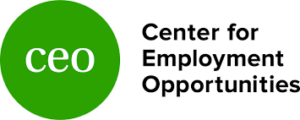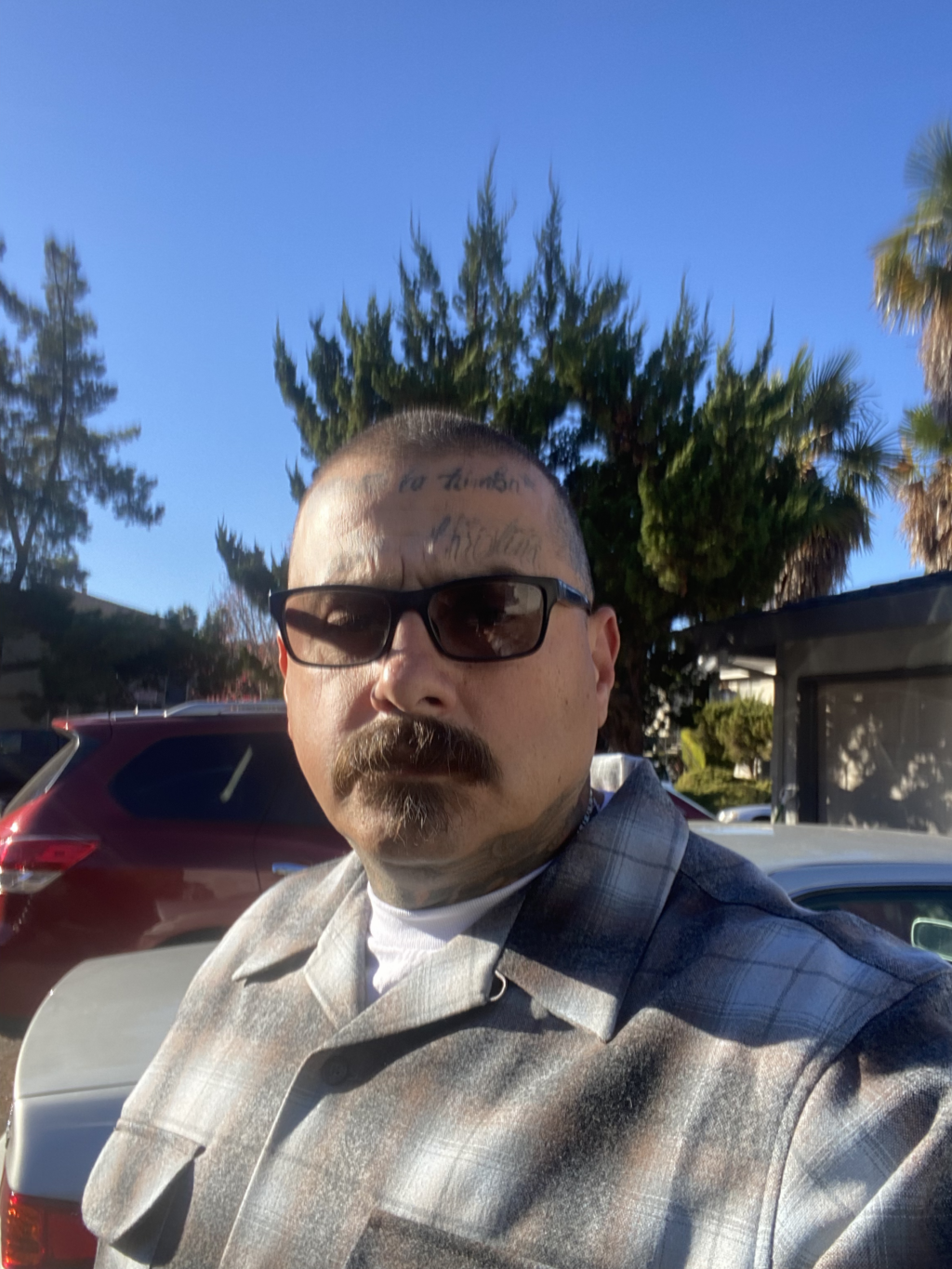IN THIS POST
Complete the sentence: “To me, a good job looks like…”
The 8 participants in my Zoom-enabled focus group paused for a few seconds. I was prepared to wait for a while — trained in the art of drawing out a pregnant pause as long as possible — but didn’t have to linger for long before a woman jumped in.
“The best job for me? That’s easy. I want a job where I can wear heels, get dressed up. I spent 20 years behind bars in Oklahoma where we wore baggy clothes and sneakers all day. All I want something different, now that I’m out. That’s it — I just want the chance to dress up a little.”
The conversation was part of a series of focus groups I conducted during my summer as a Farber Fellow. For 10 weeks, I worked at the Center for Employment Opportunities (CEO), an employment social enterprise with a presence in 30 cities across the US (and growing rapidly!) CEO serves men and women with recent criminal convictions with a variety of immediate, effective, and comprehensive employment services — including job-readiness training, transitional crew employment, job coaching and placement, and retention services.
I chose to spend my MBA summer as a Farber Fellow because I’ve always been interested in how business principles could be used to strengthen social enterprises. I came away from the summer struck by a number of realizations around the truly transformative power of mission-driven, social-justice oriented work:
Lesson 1: On an individual level, a job can mean so much more than a steady paycheck.
Among CEO’s participants was the woman who shared her career aspirations above. The comment has stuck with me. What does it mean to have a good job? What does ‘good’ mean? For many of my classmates in business school, the ‘goodness’ of a job may correlate with a higher salary, strong company brand name, or any number of factors. This summer, I met individuals for whom ‘good’ meant something even more powerful and personal — a tangible sign they were taking back autonomy in their lives, and that they were moving forward.
Lesson 2: On a programmatic level, how you embed social justice into program design and delivery is key to improving outcomes and establishing commitment to mission.
My summer project was a combination of HR strategy and program innovation/design, focused on creating new career pathways for participants at CEO. Specifically, I investigated how CEO could facilitate greater employment of participants within CEO itself. As CEO scales in size, it has become increasingly important to encourage the diversity and inclusion of the organization’s workforce, particularly through the individuals the organization once served.

To start, I collected hiring practices across CEO program sites, analyzed positions which may fit the needs of both employee growth and address hiring needs of CEO, and analyzed support needed to assist with a participant transition to employee. Then, I synthesized my findings to propose an ‘Apprenticeship’ program in which participants could shadow certain CEO employees to gain skills not otherwise emphasized during their transitional jobs: office work, digital skills, and soft skills (particularly around working in teams).
The project couldn’t be more timely, as conversations around organizational commitment to DEI have gained significant momentum in 2020. I was excited to have pitched my program proposal to CEO’s CEO, Sam Schaeffer; Chief Strategy Officer, Samra Haider; and Senior Director of Employee Experience, Amber Greenleaf; during my last week as a Farber Fellow, and am excited to see how CEO moves forward in its commitments to DEI on staff beyond this summer.
Lesson 3: At a community level, surrounding yourself with mission-oriented individuals is the best jolt of energy one can get!
Yes, this summer was unusual and ‘unprecedented’ (to use the word of 2020…) given that the COVID-19 pandemic forced many activities, including the REDF Fellowship, to be 100% virtual. Yes, motivation was hard at times given that I was working at home all summer and saw few people during the day. Yes, learning to interact on Zoom with new people was awkward at first…

That all being said, everyone involved in the REDF program, including the fellows, program managers (shout out to Brian Burrell and Christina Gilyutin!), and other REDF staff, were truly committed to creative approaches to networking and skills development. It turns out, Zoom can actually recreate in-person events quite successfully! Think: Pictionary games, financial modeling and PowerPoint 101 training, cutthroat trivia competitions, coffee chats, mini morning workouts, speed-dating, and even a multi-week scavenger hunt complete with a ‘Fresh Prince of Bel-Air’ dubbed-over rap — it’s hard to think of how much more we could have fit into a jam-packed schedule.
Everyone I met in the Farber Fellows cohort, at CEO, and throughout the REDF community engaged me thoughtfully in tough, but necessary conversations. These conversations ranged from our individual career aspirations to how we could address hiring biases and dismantle other barriers to employment in the companies we go on to work for, to the role that business could take in furthering the growth and sustainability of social enterprises. For all these relationships, lessons learned, and fun memories, I remain incredibly grateful and inspired.



